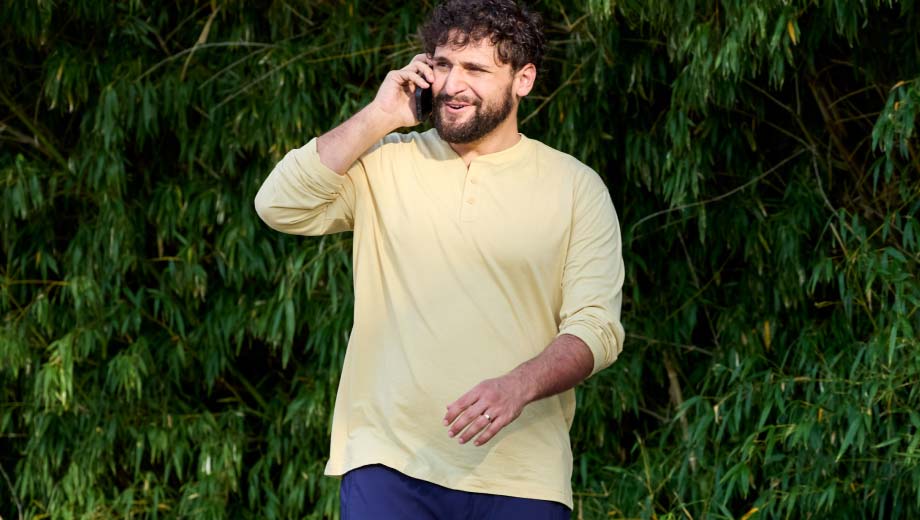Here’s how TORe works
After weight regain from a previous bariatric surgery, TORe (Transoral Outlet Reduction) works to bring the connection from the stomach and small intestines back to a size that limits intake, leading to lasting weight loss.1,2

Who’s a good fit for TORe?
TORe helps to facilitate weight loss or prevent further weight gain after a previous bariatric surgery, intended for adults with a BMI in the 30-50 range.
Let's get started
Learn more about TORe or find a doctor to get started. This journey can be hard, but we’re here to help.
1. Jirapinyo, et al. Five-year Outcomes of Transoral Outlet Reduction for the Treatment of Weight Regain After Roux-en-Y Gastric Bypass. Gastrointestinal Endoscopy. 2020
2. Jirapinyo, et al. Seven-year Outcomes of Transoral Outlet Reduction for the Treatment of Weight Regain After Roux-en-Y Gastric Bypass. Gastrointestinal Endoscopy. 2020. Subset of patients included in study are also represented in 5-year data.
3. Jaruvongvanich V, et al. Endoscopic full-thickness suturing plus argon plasma mucosal coagulation versus argon plasma mucosal coagulation alone for weight regain after gastric bypass: a systematic review and meta-analysis. Gastrointestinal Endoscopy. 2020.
Important OverStitch Endoscopic Suturing System Safety Information:
Talk with your doctor to fully understand all the risks and benefits associated with using this device. Ask your doctor whether this device is right for you.
Indications for Use:
OverStitch is for adult patients with obesity with BMI between 30-50 kg/m2. OverStitch can reduce the size of the stomach by stitching the inside. It can also fix the stomach outlet from previous bypass surgery.
When OverStitch is used to help with weight loss, you need to follow a healthy diet and exercise program. You may not lose weight if you do not adopt healthy habits.
Contraindications:
Your doctor will ask you about your medical history and perform a physical exam to decide if OverStitch is right for you. At the time of your procedure, the doctor may detect internal issues that prevent you from receiving OverStitch. For example, stomach ulcers or inflammation in the stomach may impact device placement.
You should not receive OverStitch if you: have a large hiatal hernia; have a history of bleeding in your stomach or food pipe; have a history of eating disorders; are pregnant; have bleeding disorders or are on blood thinners.
Warnings:
Talk to your doctor if you develop major, continued upper abdominal or back pain with difficulty breathing at any time after getting OverStitch.
OverStitch contains nickel. Nickel may cause an allergic reaction in people with nickel sensitivity.
Potential Risks:
Breathing any foreign object or substance such as food, saliva, or stomach contents into your lungs; Intestine blockage; Switching to a different type of surgery; Nausea, vomiting, dehydration; Bleeding; Infection; Swelling, redness, and pain in tissues caused by injury or damage; Damage to or a hole through the tissue around the stomach, food pipe or surrounding organs; Unintended transfer of fluid or gas from one area of the body to another; Pain; Feeling pins and needles; Buildup of fluid around the stomach; Air leaking from the lungs; Difficulty breathing; Narrowing or tightening in the stomach; Wound opening; Death
MRI Safety Information:
OverStitch can be MRI scanned under certain conditions. Scanning under other conditions may result in injury or device malfunction. Inform your doctor or MRI technician of the device before undergoing an MRI scan. This allows them to take any needed precautions.
